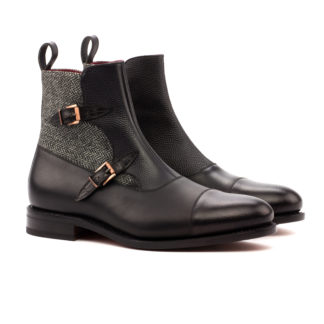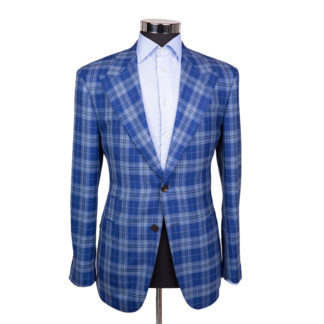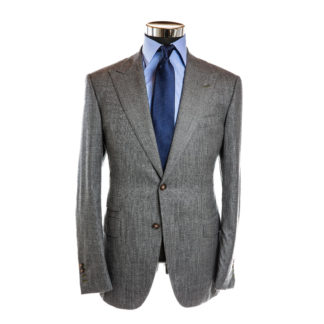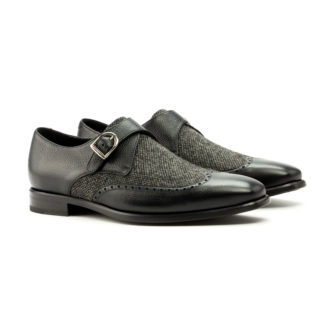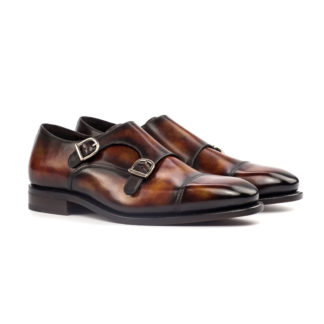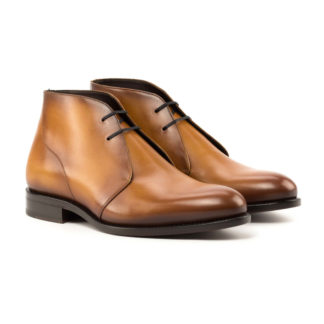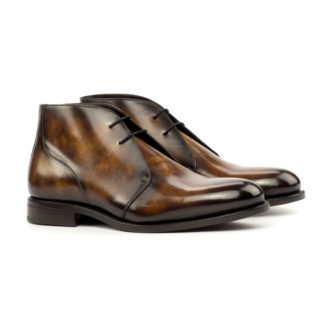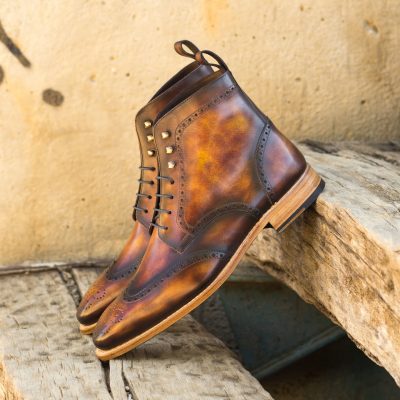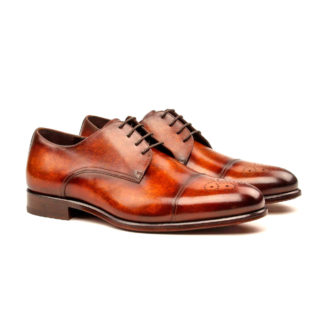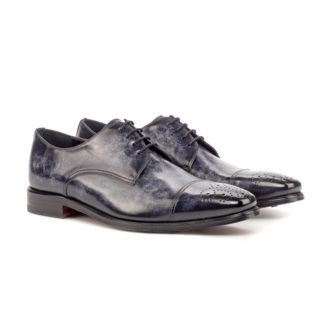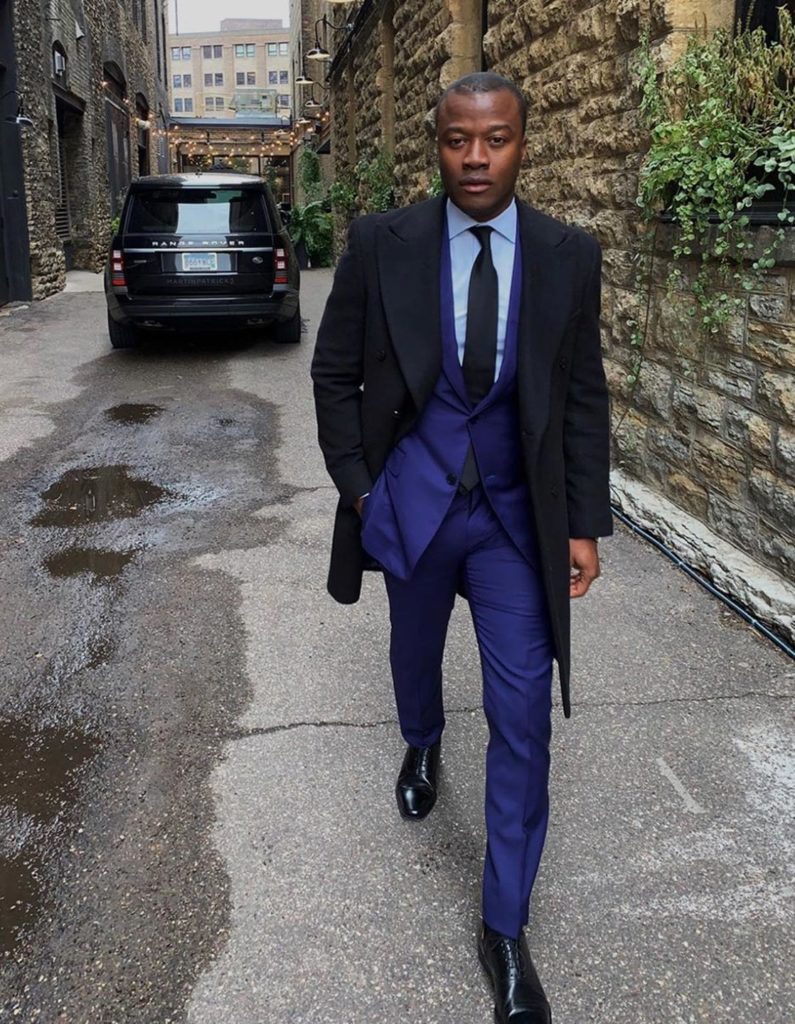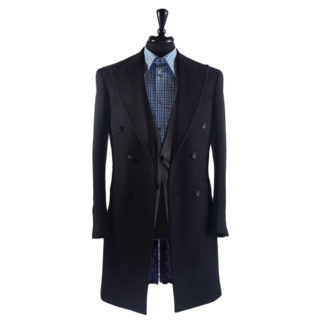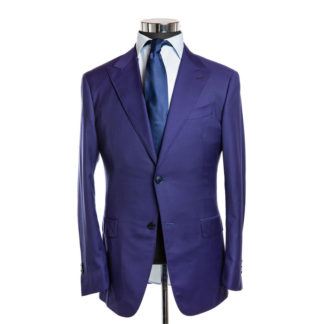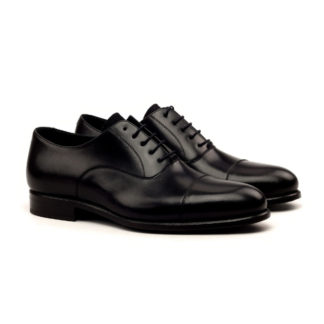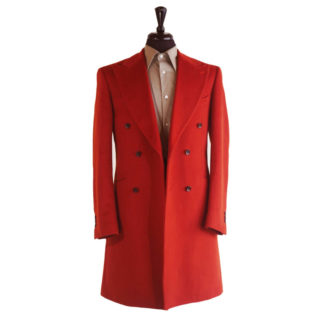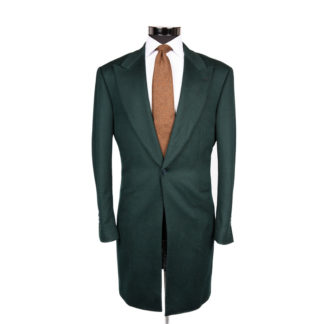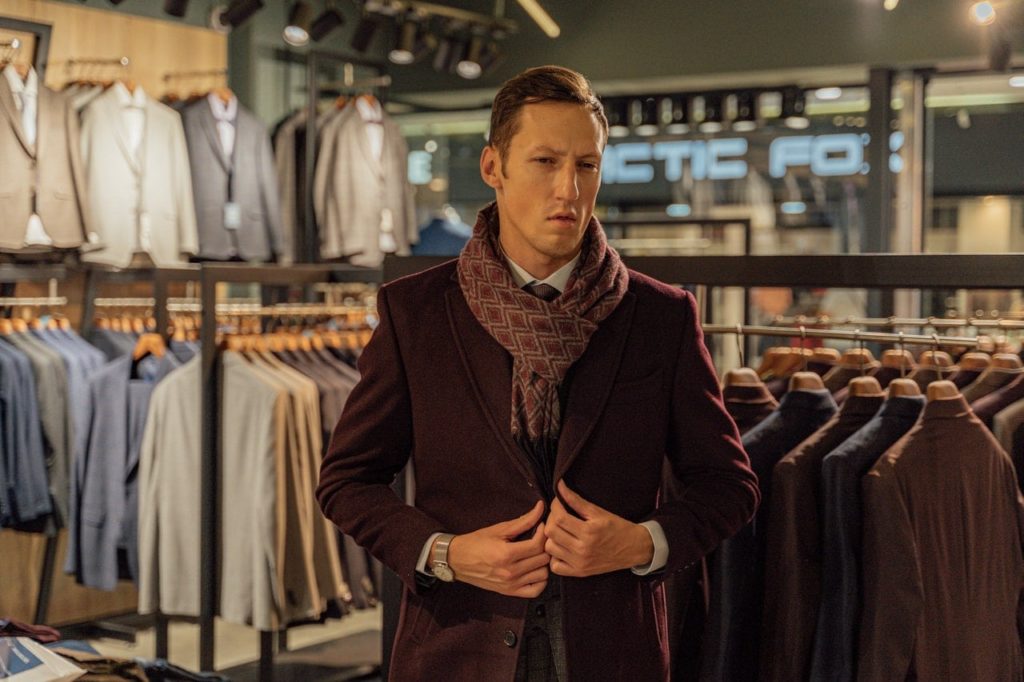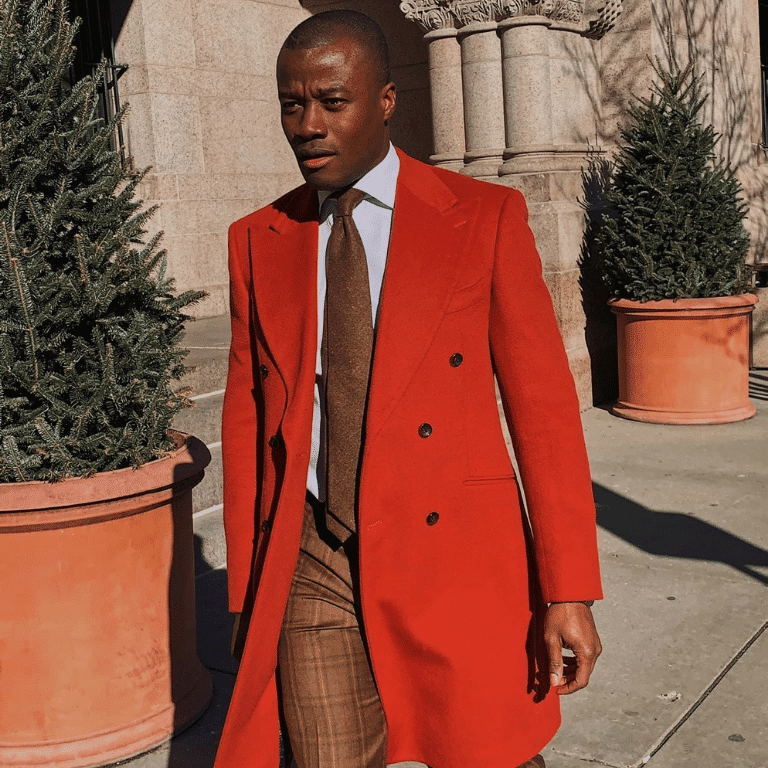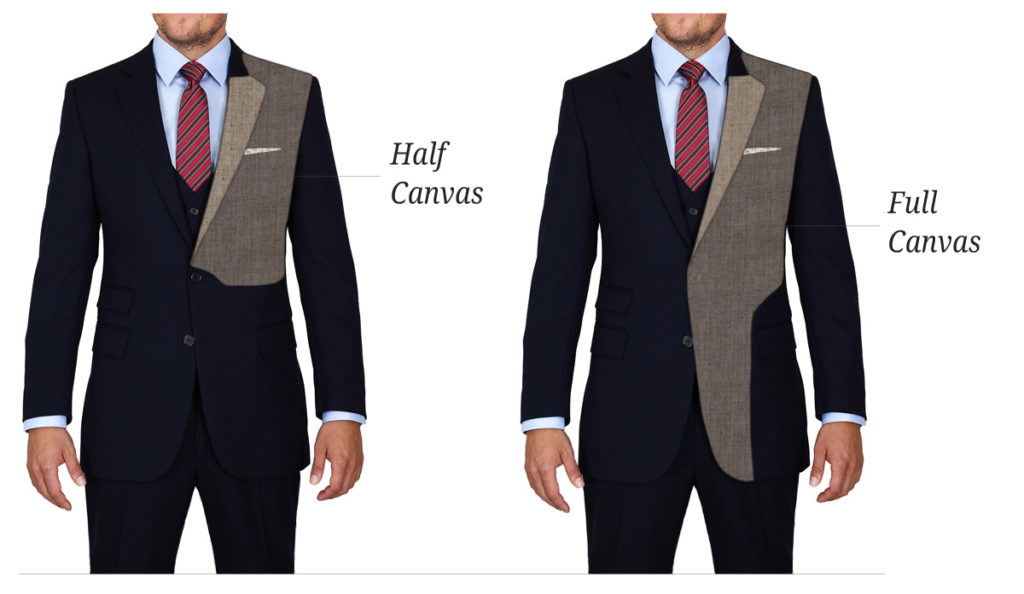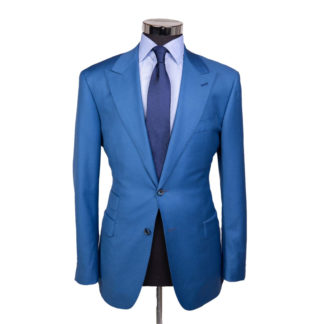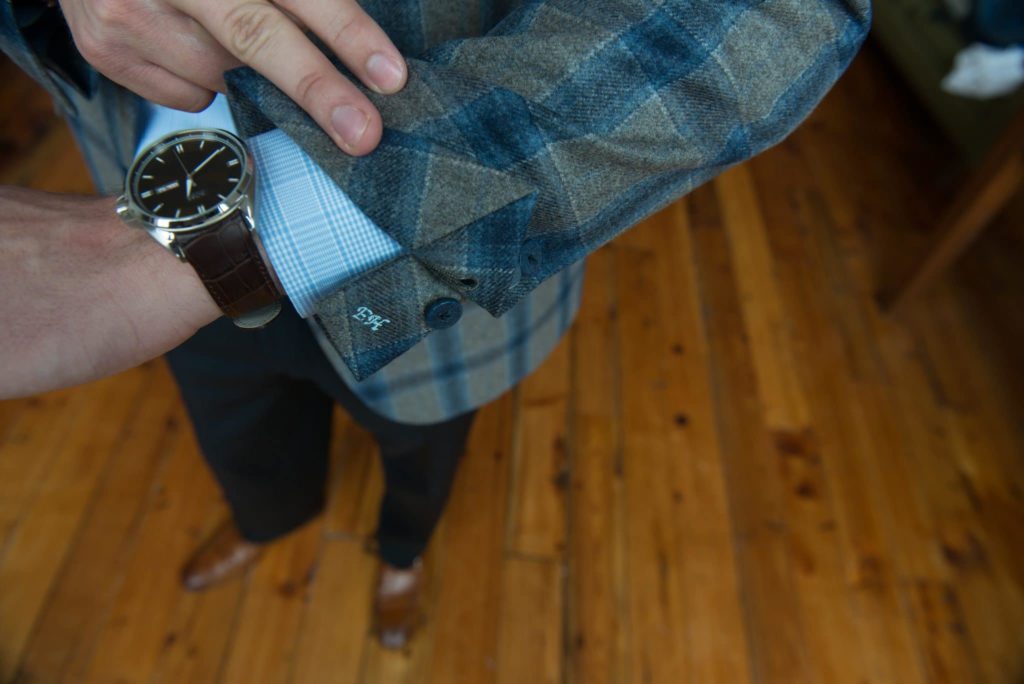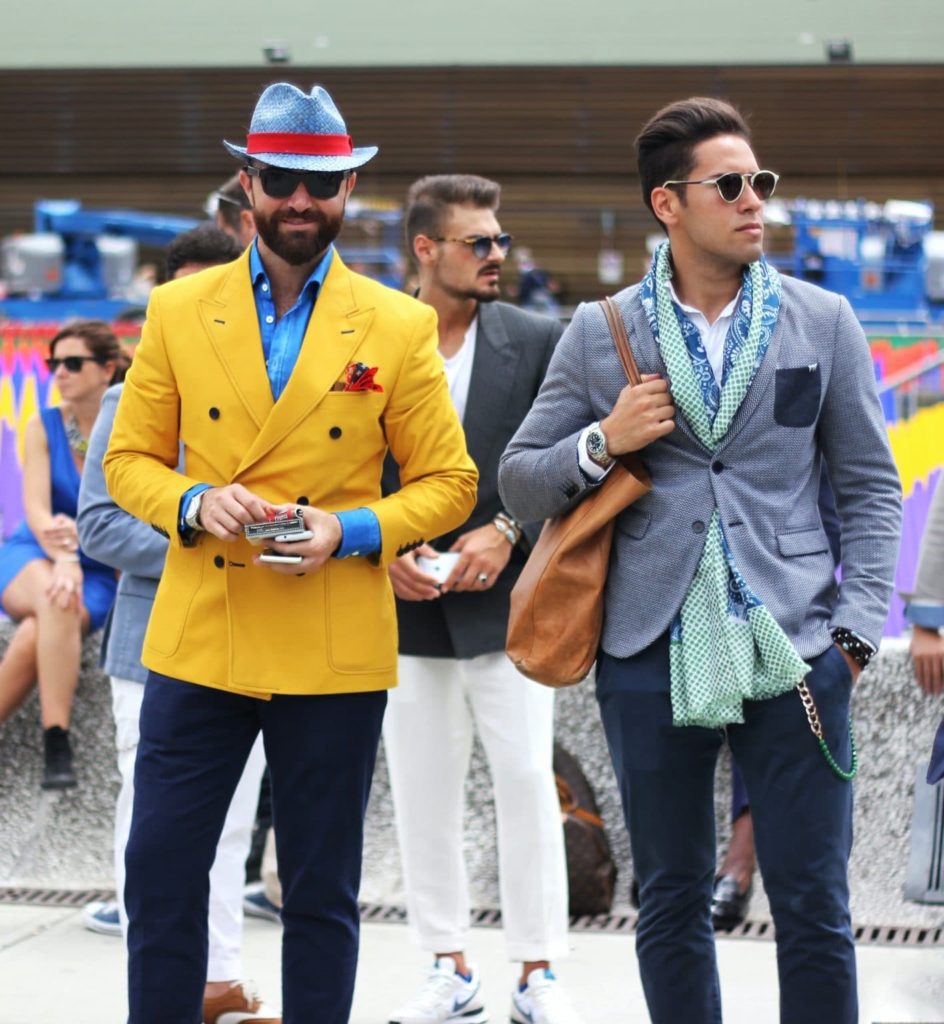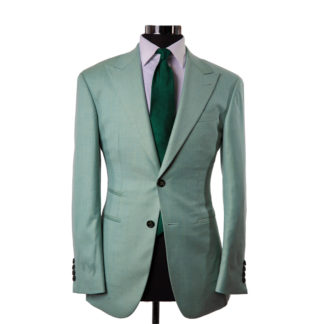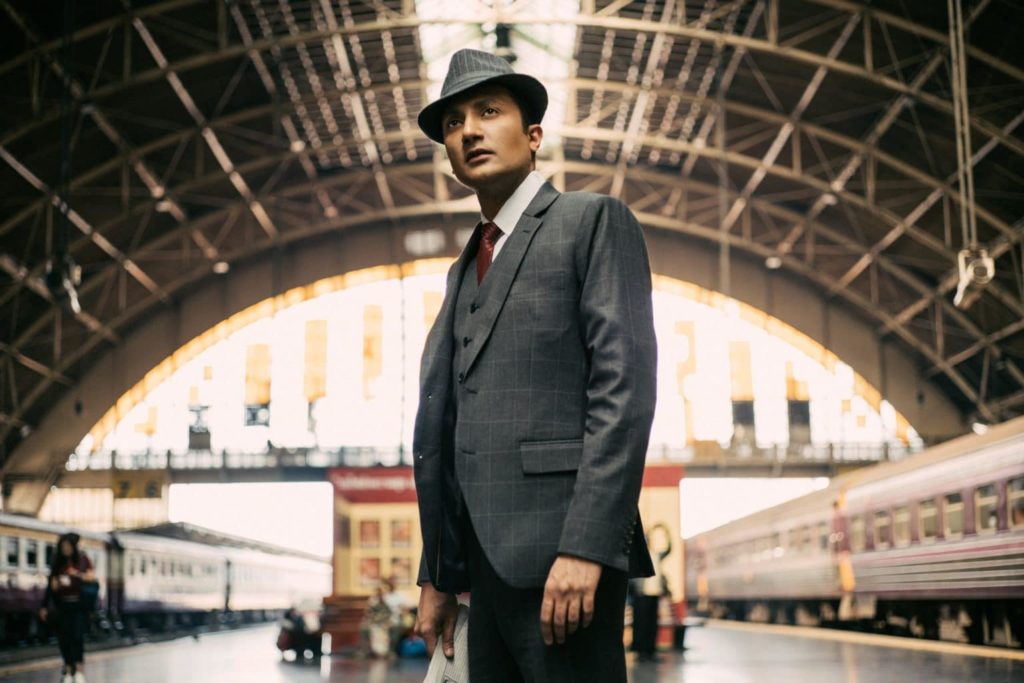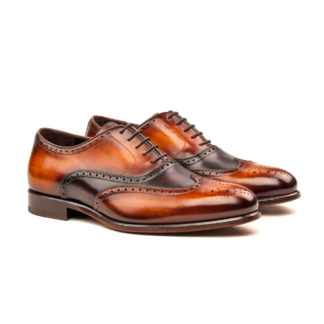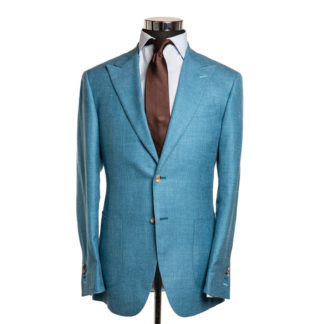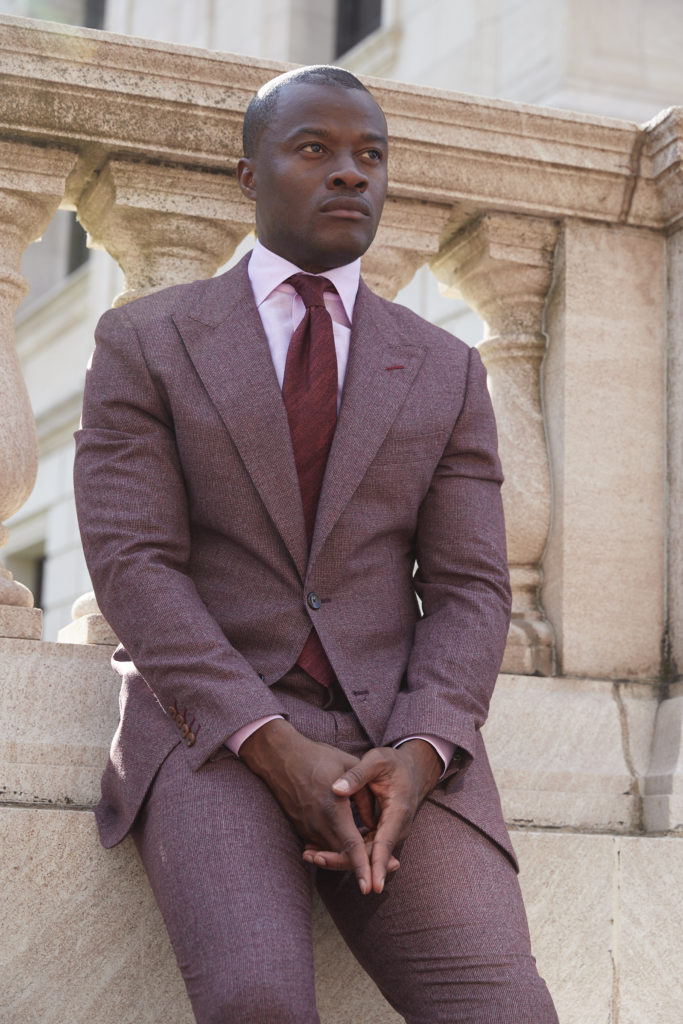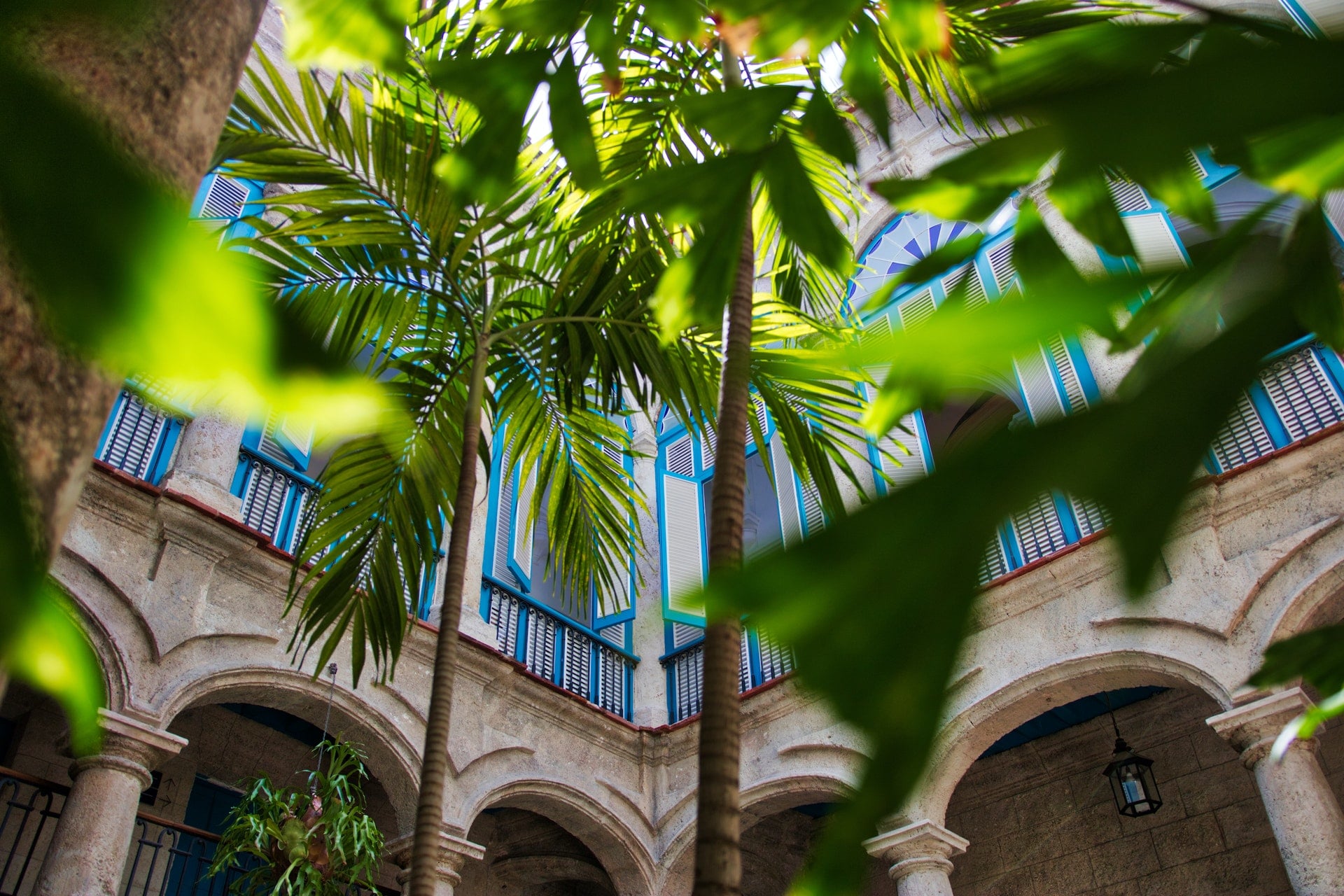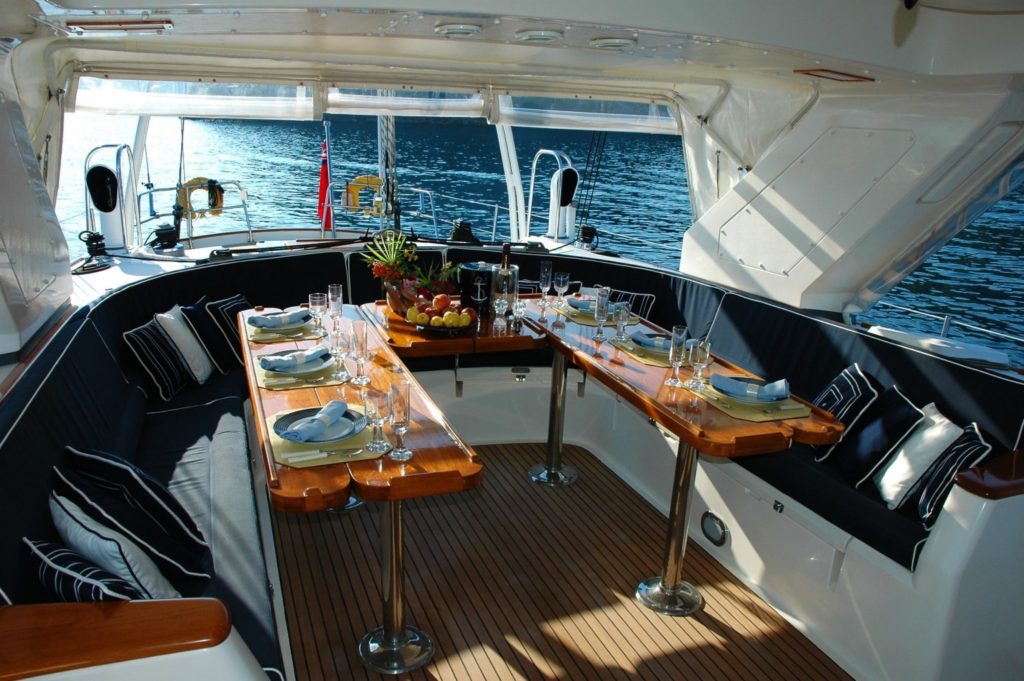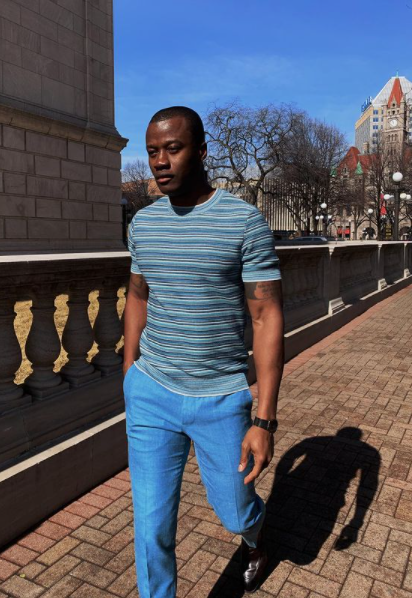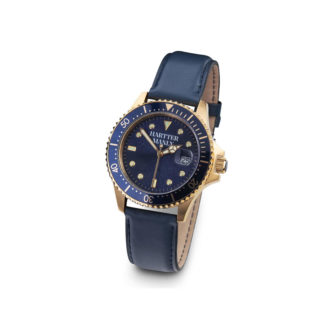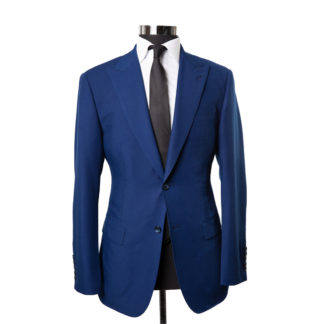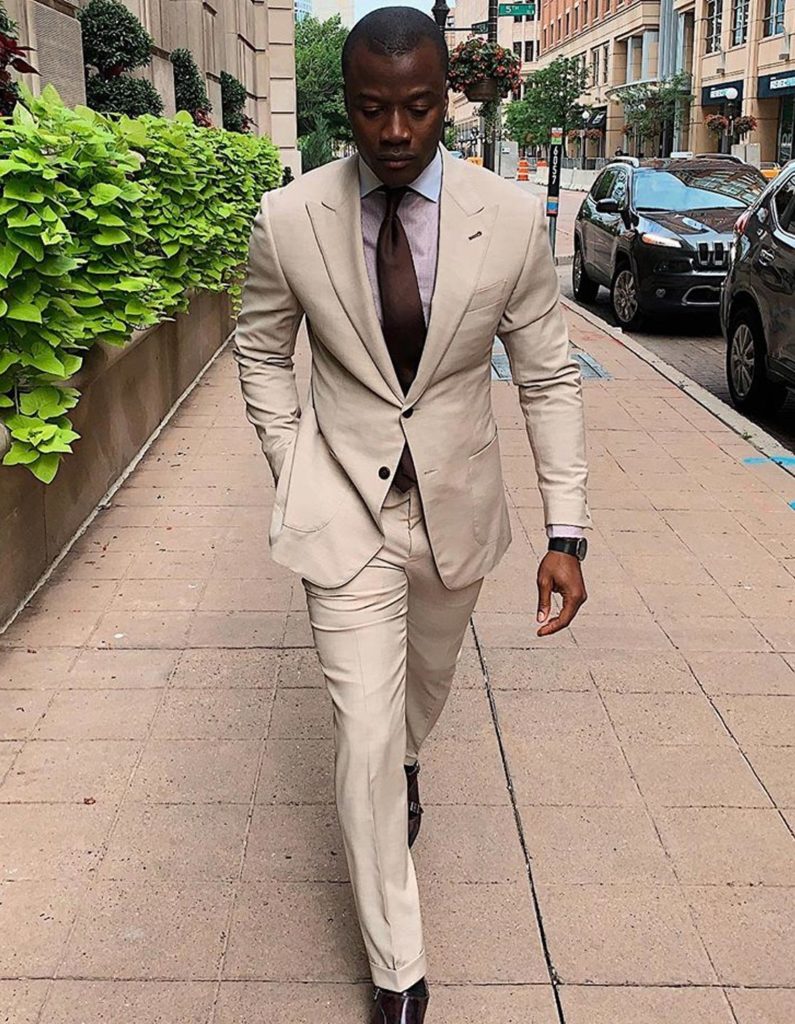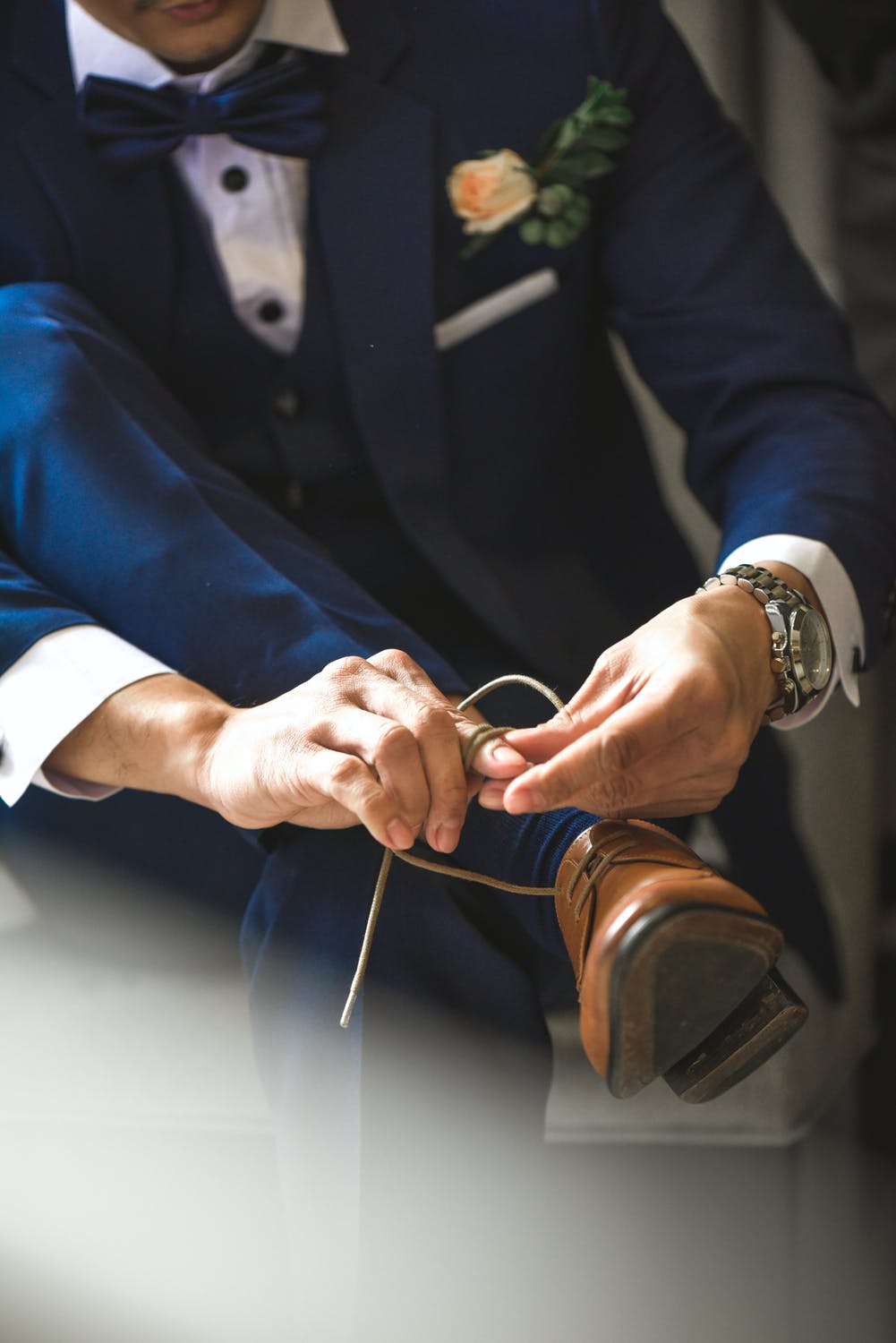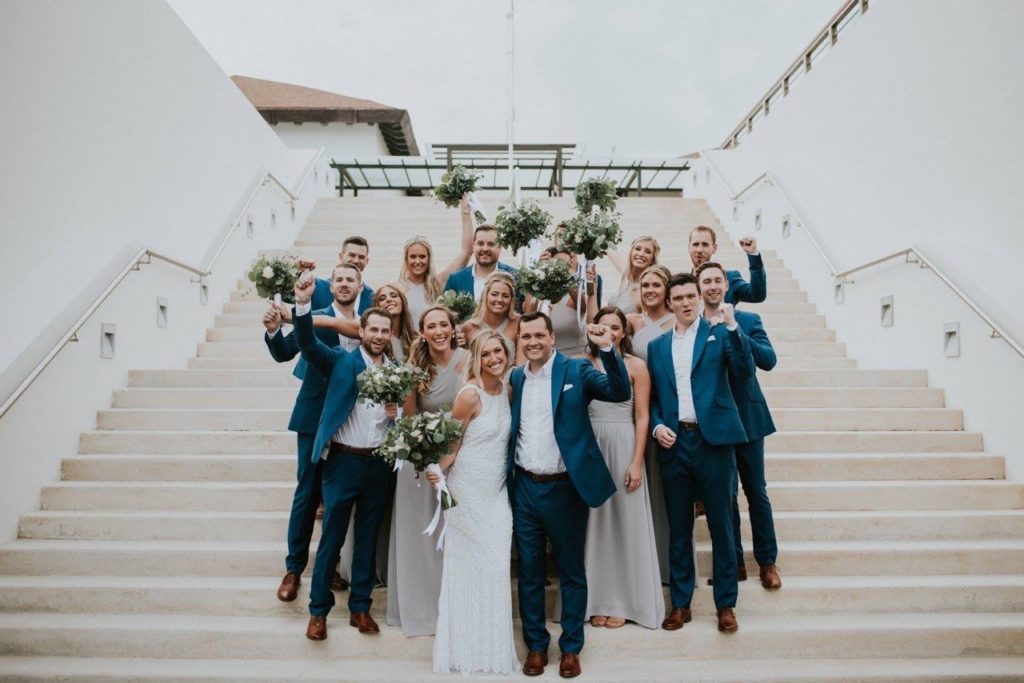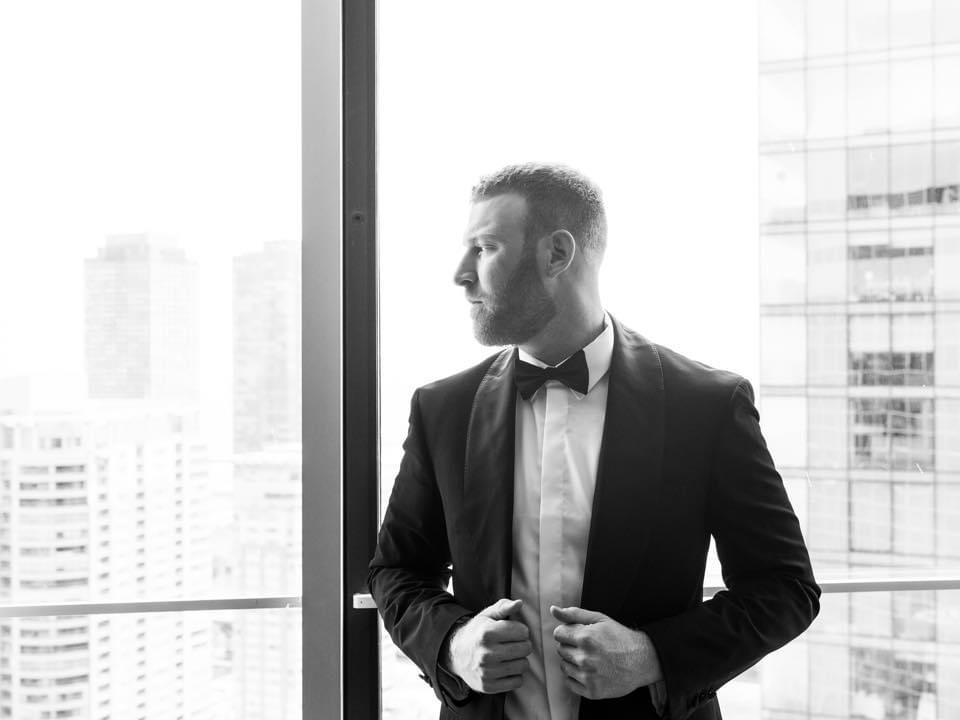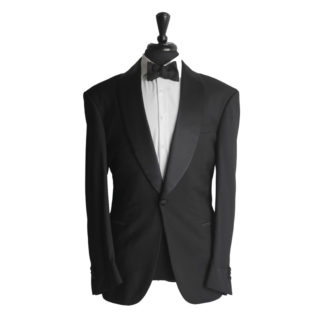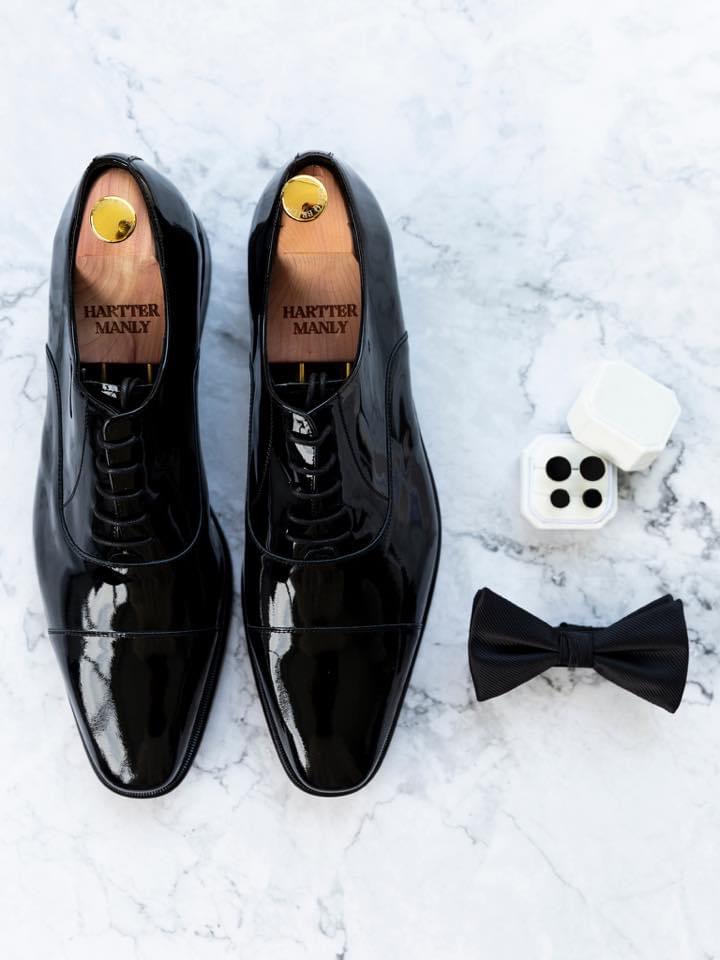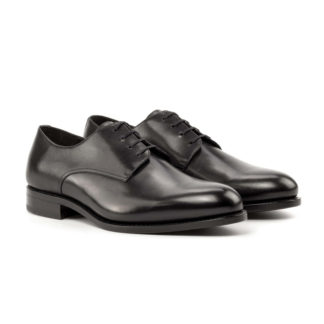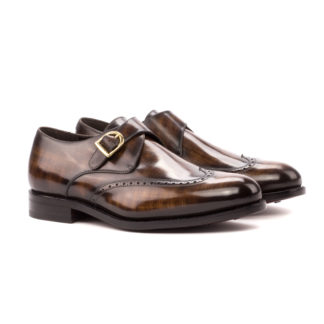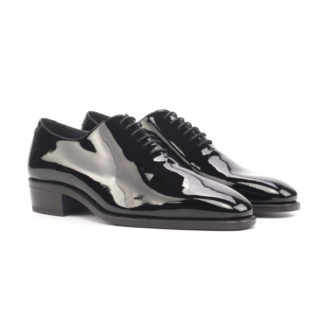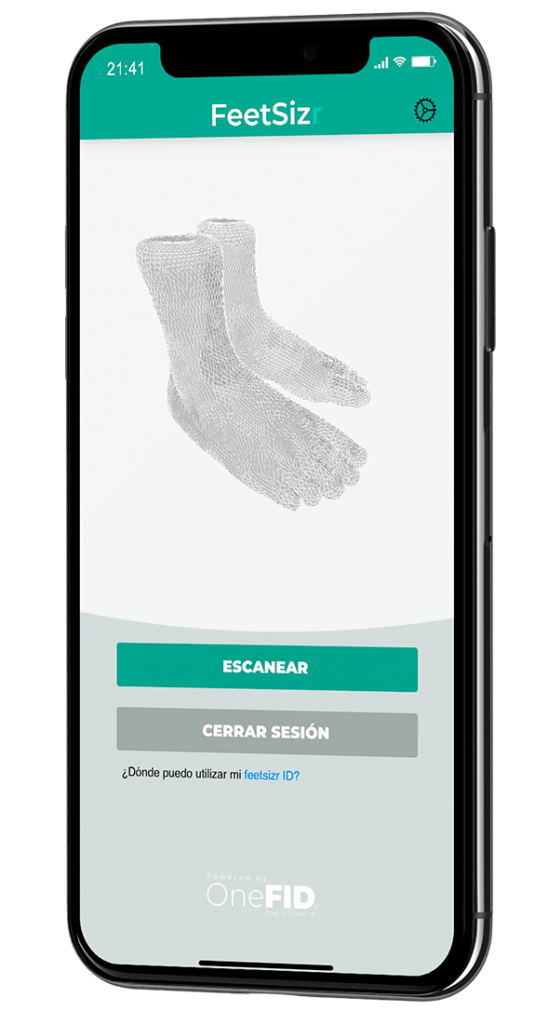
Fall is Upon Us
The temperatures have begun to drop, and the sun makes a quick appearance and an even quicker exit. The leaves are falling in a rainbow of warm tones. As the season changes, so should your wardrobe – not just for fashion, but for function, as well. After all, those temperatures are indeed dropping. This guide will tell you exactly what you need to know about Fall fashion and dressing well for the season. We cover colors, patterns, fabrics, and even footwear that will have you looking and feeling your best this Autumn.
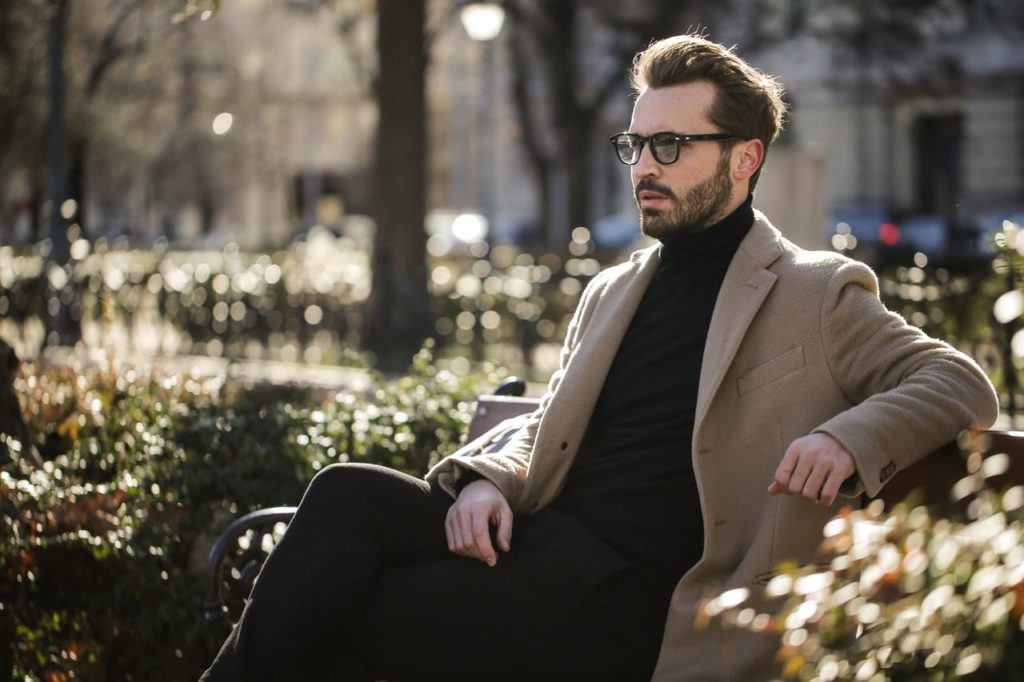
Colors Fit for Fall Fashion
In Fall, you will want your look to be made up of darker, warmer tones – much like the falling leaves. Mustard yellow, dusky orange, rich browns, and burgundies are all colors you can use to match the season. Colors that don’t quite go with this theme but can still work just as well are olive green and navy blue.
Typically, you will want your jacket and pants to match, since Fall fashion colors are typically more muted. But if you want to stand out a bit, wear a contrasting shirt and tie to spice up the look. Read our full guide on layering for the inside scoop on mixing and matching your layers.
Of course, you can mix and match, but you’ll want to keep within the general color guidelines we mentioned above.

Fabrics
The Fall Fashion Staple: Wool
Wool is the number one fabric for Fall styles, but it comes in a variety of knits and constructions. Most commonly used is worsted wool, which contains straight, parallel fibers that have been combed until even and smooth. It is what you will find on most traditional suits – it has a flat and even appearance due to the combing and positioning of the fibers, and creates a clean, tailored look. Another option is wool flannel. Wool flannels are made of worsted wool, but after weaving, they are brushed to create a raised texture, or a nap, resulting in a very soft-to-the-touch fabric.
A Wool Variation: Tweed
Tweed is a classic fabric in menswear and is especially suited for Fall fashion. Carded wool, as opposed to combed, is the base of tweed. A card is a board covered with fine metal teeth. The cards run over and through the wool to separate the fibers, clean them, and disentangle them, until the material is a fine web. Next, a spinner spins the web into a continuous strand. The continuous strand, known as a sliver, is ready to weave. Carded wool is bulkier, raised, and more flexible, as well as quite a bit warmer. Because the wool is first carded, tweed has bumps and a raised texture. The texture creates a pliable surface that has a better drape.
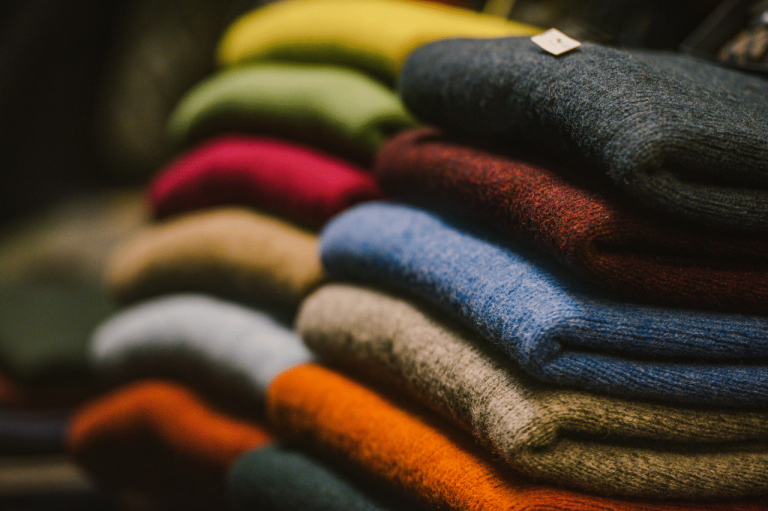
Classic Patterns for Fall
The Fall Fashion Must-Have: Plaid
The most quintessential pattern for Fall fashion is plaid, which is created by overlapping multiple bands of colors both horizontally and vertically. Plaid is a very versatile pattern: you can wear bright and contrasting colors with a wide-set plaid for a trendier look, or you can keep the color palette more monotone and keep the checks smaller for subtlety. Check out all of our HARTTER MANLY Sports Jackets to get the perfect plaid jacket for this fall season.
The Classic Fall Pattern: Houndstooth
The Elegant Fall Fashion: Herringbone
A third common Fall pattern is Herringbone, which looks much like the skeleton of a fish – hence its name. Herringbone is made up of parallel columns of chevrons placed in alternating directions. The detail of Herringbone is often so tiny that you can really only see the pattern up close. Comparatively, from farther distances the pattern looks more like a solid, which gives you subtle elegance and sophistication.

Fall Fashion Must: Shoes
Monkstrap
With the monk strap, you can use a single for a more subtle look or go a bit more bold with a double. Single monk strap shoes are a clean, elegant style. Double monk straps, on the other hand, are a modern twist on the classic.
Chukkas
Chukkas – ankle-high boots with open-lacing and two or three pairs of eyelets – are stylish almost any time of year, but to really fit in with the Fall aesthetic, you will want to go with a leather pair.
Brogue Design
Brogue is not a style of shoe, but a design style usually seen on oxfords. To play up the Fall vibe, wear a pair of boots with a brogue pattern (the stylized perforations on the toe of the shoe).
Of course, if you’re not a boot guy, some traditional low-rise oxfords work just as well for Fall. Check out our collection of Oxfords to shop shoe styles for Fall.
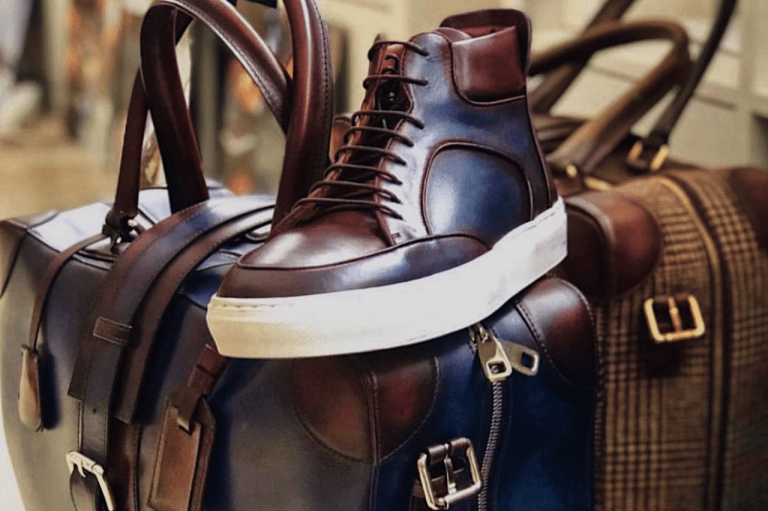
Fall is a fun season to dress for, with lots of options. These are guidelines to help you narrow it down a bit, but the possibilities are endless. With the tips in this guide, and the thousands of possible combinations you can achieve when building a custom look with us, you are now more than ready to step into Fall in looks that you can be proud of. Book a free appointment with our style experts to get to work on your newest custom piece for fall.
